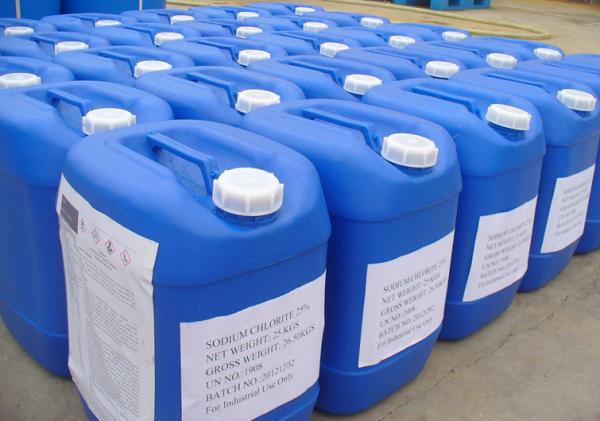Sodium hypochlorite, commonly known as bleach, is a compound with the formula NaOCl. It has been widely used as a disinfectant and bleaching agent for over a century. Let’s explore some key aspects of this versatile chemical.
Discovery and Early Uses
Sodium hypochlorite was first synthesized in 1789 by French chemist Claude Louis Berthollet. Originally called “Eau de Javel” or “Javel water”, it was used for bleaching textiles and paper products. During the mid-19th century, sodium hypochlorite began being utilized as a disinfectant for water supplies and wound treatment. Its antiseptic properties proved highly effective against disease-causing microbes. By the 1920s, bleach had become a common household cleaning product used for whitening laundry, disinfecting surfaces, and removing stains.
Chemical Composition and Properties
On a molecular level, Sodium Hypochlorite is composed of sodium (Na), oxygen (O), and chlorine (Cl) atoms. When added to water, it dissociates into sodium (Na+), hypochlorite (OCl-), and hydroxide (OH-) ions. Sodium hypochlorite is a pale yellow, aqueous solution with a distinct chlorine odor. Its bleach effect is due to its strong oxidizing power. When used appropriately, sodium hypochlorite kills bacteria, viruses, molds, mildews, and germs by damaging their cell membranes and disrupting vital enzymes. Diluted solutions are effective against a wide range of pathogens.
Common Concentrations
Sodium hypochlorite solutions are typically classified based on their available chlorine content:
– Household bleach contains around 5-6% available chlorine. It is sufficient for general sanitization and stain removal tasks.
– High-concentration bleach contains 8-15% available chlorine. Commonly used for industrial cleaning, wastewater treatment, and water purification.
– Low-concentration bleach contains only 0.5-1% available chlorine. Appropriate for delicate fabrics, fruits, vegetables, and sterilizing medical equipment.
Health and Safety Considerations
While sodium hypochlorite effectively destroys microbes, its strong oxidizing nature also makes it hazardous if not used properly. Direct skin or eye contact with concentrated solutions can cause irritation or chemical burns. Prolonged exposure to high vapor levels may irritate the respiratory tract. Sodium hypochlorite should always be stored away from children in clearly labeled containers. Some additional safety tips when using bleach include:
– Work in a well-ventilated area and wear protective gloves, safety goggles, and clothing.
– Never mix bleach with other household cleaners containing acid or ammonia, as it produces toxic chlorine gas.
– Rinse surfaces thoroughly with water after sanitizing to remove any residues.
– Promptly wash hands after use. Consider alternatives for disinfecting surfaces frequently touched by children.
– Dilute bleach solutions as required. Avoid inhaling spray or vapors.
Applications Across Industries
With its versatile antimicrobial properties, sodium hypochlorite has found wide application across many industries:
– Water treatment: Used for disinfecting municipal water supplies and swimming pools on a massive scale.
– Healthcare: Sterilizes medical equipment, cleans hospital surfaces and removes infectious agents.
– Food processing: Sanitizes surfaces, equipment and removes contaminants in dairy, beverage and meat industries.
– Households: General purpose cleaner for surfaces, produce, laundry, toothbrushing, and acne treatment.
– Agriculture: Disinfectant in poultry and fish farms, reduces fungal and bacterial diseases in crops.
– Waste management: Treats effluents from sewage, landfill sites, and industrial plants.
In summary, sodium hypochlorite is a broad-spectrum disinfectant that has revolutionized sanitation practices globally over the past century. When used judiciously according to recommended guidelines, it provides an effective and inexpensive solution for preventing transmission of diseases. With continued research on improving formulations, packaging and applications, this versatile chlorine bleach is likely to remain a mainstay in ensuring public health for years to come.




